They make wine in China?” “They make wine in China? Most people who have visited China and tasted local wine aren’t impressed by the common brands. The first time in 2011, a Chinese wine won the Decanter Magazine’s international award, it was greeted with shock and skepticism.
As Beijing-based blogger Jim Boyce explains in his tasting notes, Chinese wines have been performing well for many years in international competitions. Regular tasting reports from Jancis., an influential British wine critic, show a vast improvement in quality. In 2014, China appeared for the first in the World Atlas of Wine.
Overcoming obstacles of the vine
It is impressive that the wine was so good, given how difficult it is to grow grapes of high quality in China. Each of the main wine-growing areas has its own unique challenges and opportunities. The summers in northern provinces such as Ningxia or Shanxi are warm and dry. However, the temperatures can be so low that vines have to be buried.
It is also very labor-intensive, and it forces growers to harvest vines earlier than they would like in order to bury them in time. In the East Coast province of Shandong, the vines remain safe during the mild winter but are vulnerable to rot and infection once the rains start in summer and early autumn.
The authors visit the DBR-CITIC winery in Penglai (Shandong Province), which was still under construction. Cynthia Howson provided
Politic institutions are also a factor that affects the development of wine, but they are less immutable than the climate. Wineries find it difficult to control vineyards due to the collective ownership of rural lands. It is difficult for many wineries to secure a reliable supply of grapes, as they have to buy grapes from smallholders. Contracts with farmers are often difficult to enforce. The longer it takes a winemaker to determine the optimal harvesting time, the greater the chance that some growers may prefer to sell their grapes to a competitor willing to pick earlier.
Recent successes have shown that good wine can be produced even in this complex supply chain. Grace Vineyard from Shanxi overcame the institutional constraints of its region by building relationships with growers and providing inputs. They also paid bonuses to those who produced high-quality wine. In Ningxia, the Kanaan Winery is led by the talented self-taught Wang Fang. They still have to purchase a significant portion of grapes to make their Cabernet Sauvignon, but they achieve excellent results thanks to the good relationships that they maintain with a few trusted growers.
During a visit to France, Chinese President Xi Jinping tried a glass of wine produced by local producers. Reuters
These successes are encouraging, but working with hundreds on a contract is still very expensive and uncertain. The local government in Ningxia Province has been keen to lease large tracts to wineries as a way to promote the industry. The authorities in the region have used wine-growing as a tool for economic development. The project that brings together Ningxia’s government, Asian Development Bank, and the private sector focuses on wine to improve water conservation.
Top foreign winemakers attracted by growth
Ningxia has attracted multinational corporations and investors. Pernod Ricard produces well-received, competitively priced wines in Ningxia under the Helan Mountain brand, while LVMH just released its first local Chandon bubbly wines. In becoming Chinese wine producers, they promote not only their brand but also learning and innovation.
The authors have selected a few Chinese wines which received high praise from critics. These include wines from 1421 Winery and Kanaan as well as Grace Vineyard, Leirenshou, Chateau Nine Peaks, and Leirenshou. Pierre Ly is the author.
The growing convergence of local and global expertise is another driver of progress. A growing number of Chinese winemakers are trained at prominent local universities. The new generation is following in the footsteps of the older generations, such as Professors Li Hua, Li Demei, and Li Demei, who were both trained at Bordeaux and inspire and educate the younger ones. The market for winemaking and viticulture experts from abroad is also huge, as there are so many local wineries that want to improve rapidly.
Some foreigners who have settled in China as locals are winemakers. Gerard Colin is a Bordeaux winemaker who has lived in China since 1997. He was the founding director of acclaimed Grace Vineyard and, more recently, he was the first Director of DBR Lafite’s New Winery, in Shandong, before moving to Puchang Winery in Xinjiang. Frenchman Gregory Michel is a winemaker with over ten years of experience at Loulan Winery in Southern Xinjiang. Chinese wine is moving forward thanks to the collaboration between foreigners and innovative local entrepreneurs.
Fake wine is becoming a bigger problem in China as the industry grows. Police in Nanning destroyed confiscated fake wine bottles. Reuters
Chinese wine consumers open up to the world
Many in the wine industry have their eyes on China’s rapidly growing consumer market. However, several observers cautioned that untempered optimism is not a good thing. A recent report states that despite the rapid growth of wine consumption from 2000 to 2012, there was a 3.8% decline in 2013.
While President Xi’s crackdown on extravagant spending by government officials has hurt the high-end markets, there may be a promising move to the middle market, where more savvy customers want value for money rather than prestige. The local wine market is not built by extravagant spending on Bordeaux first growths or attempts to appear exclusive. Prices over 100 US dollars per bottle are neither helpful nor necessary. By making wines at a reasonable price, many Chinese wineries can compete with imports of mid-priced wines.
Li Na opens a bottle of sparkling wine to celebrate her win at the Australian Open. Reuters
It is, therefore, clear that China produces excellent wines and that there are consumers in the country who will buy them. It remains to be determined whether Chinese wines can find a place on the shelves of foreign markets. You can find some if you search hard enough.
Total Wine and More, Reno , offers the Dragon’s Hollow Chardonnay made in Ningxia for export. Berry and Rudd, a London-based fine wine retailer, has two Ice Wines made in Liaoning Province and four Chinese Wines . Grace Vineyard’s Tasya’s Reserve, the most affordable Chardonnay bottle on the Wine List at London’s Shangri La’s Ting Restaurant is Grace Vineyard’s Tasya’s Reserve.
Chinese wine is still a rarity outside China. Let’s not forget that many of the New World countries which are now well-established were once unknown.

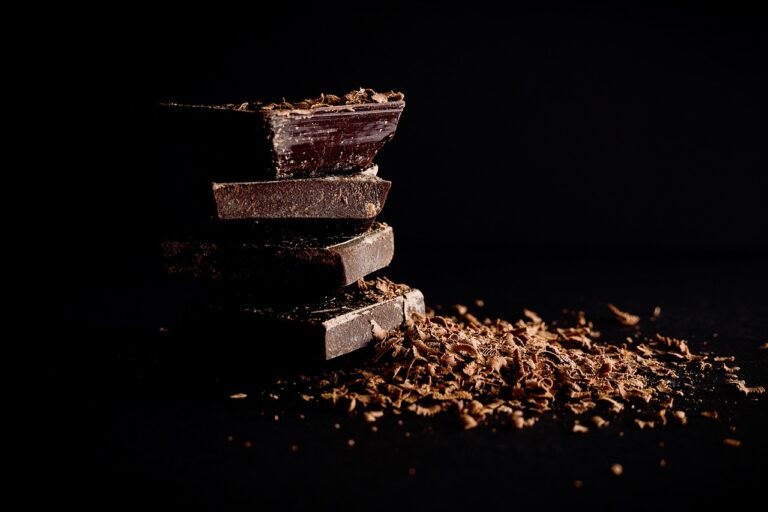
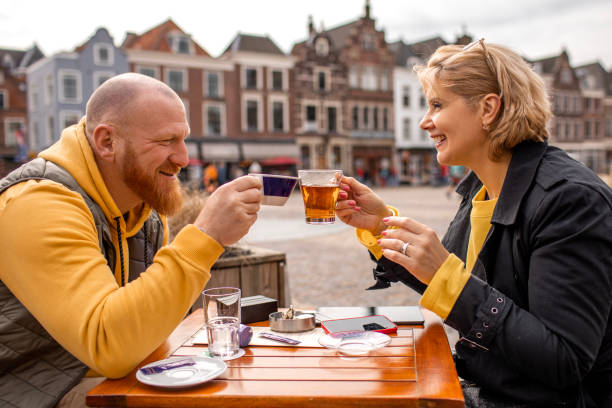
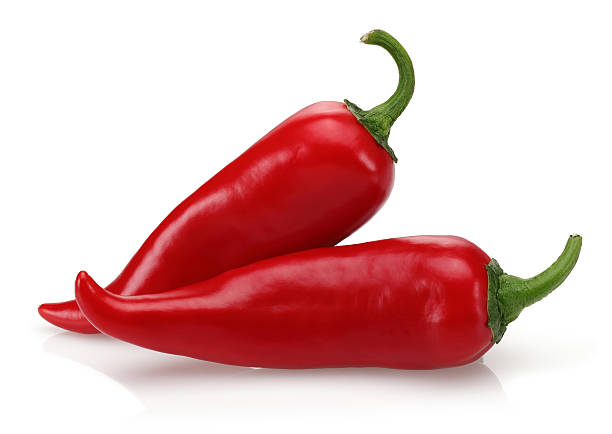
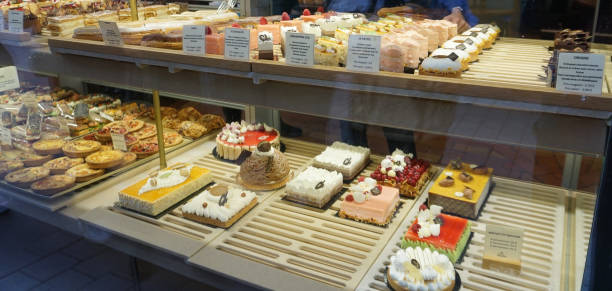
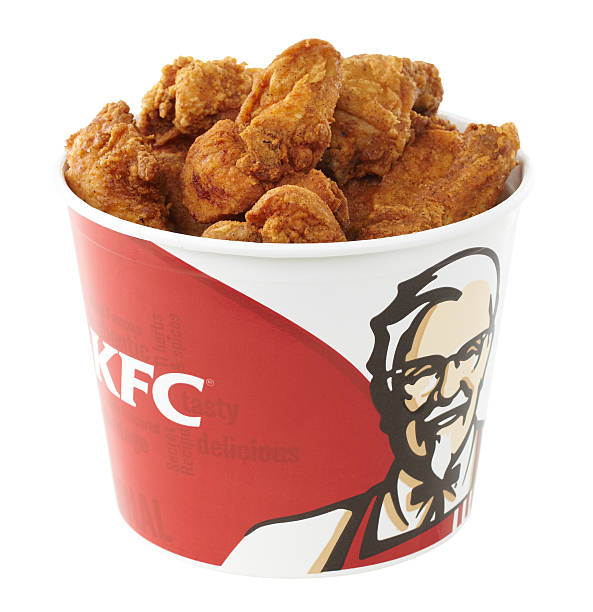
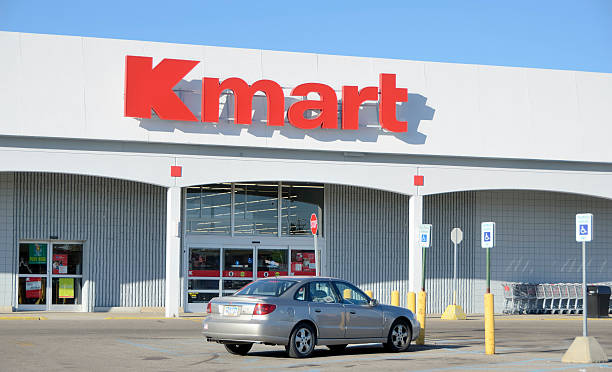

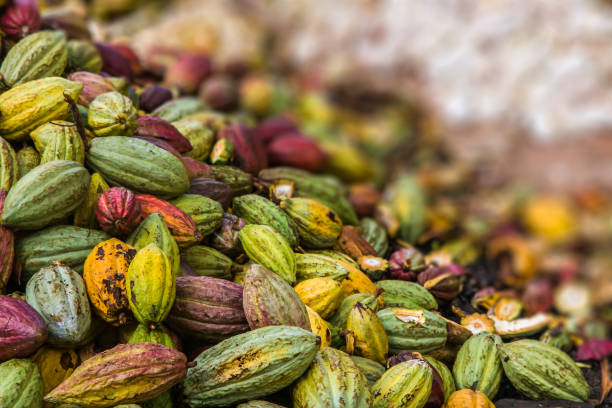
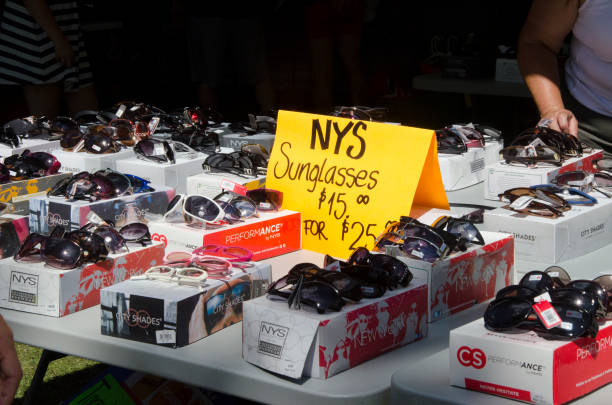


+ There are no comments
Add yours